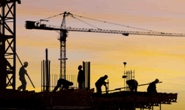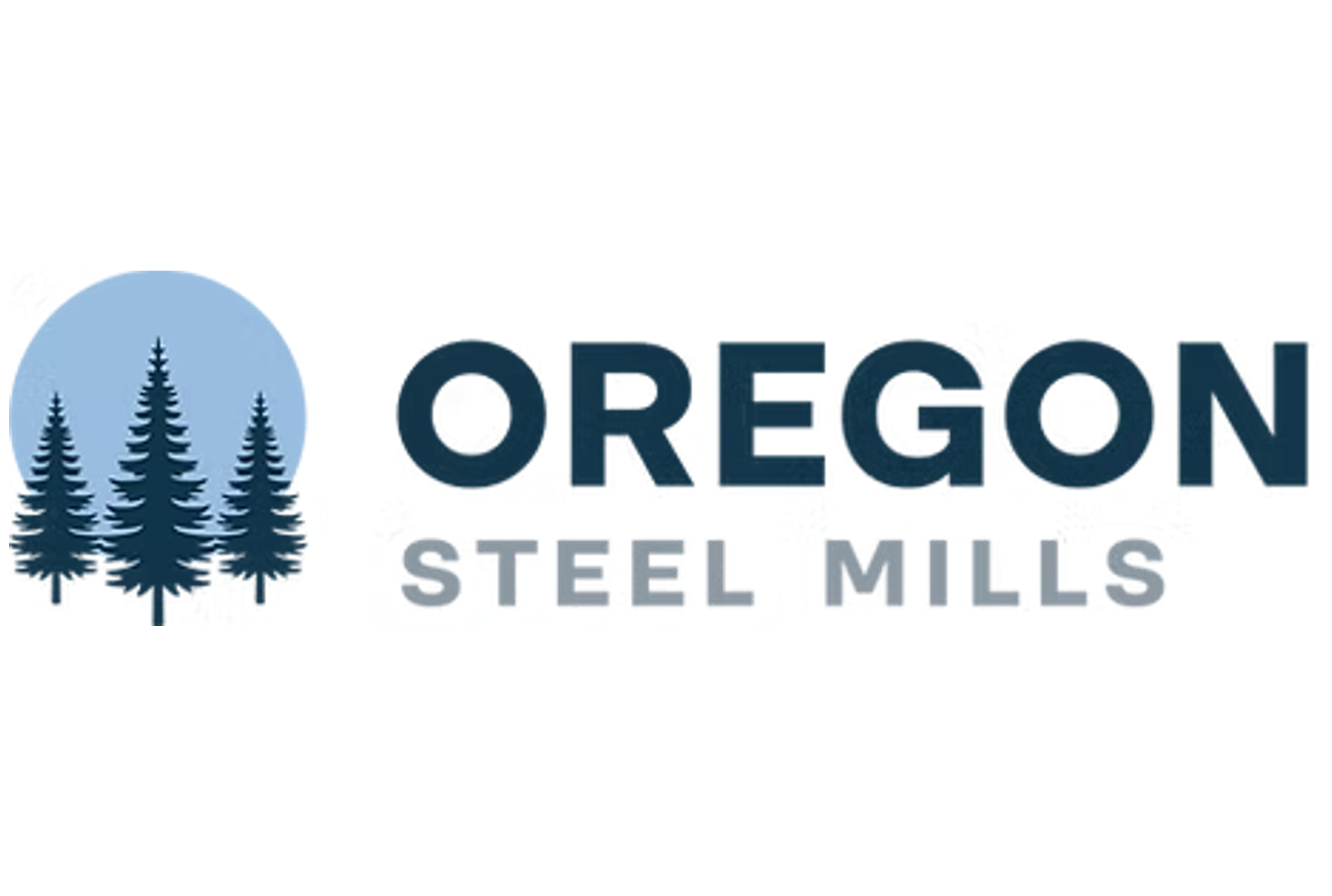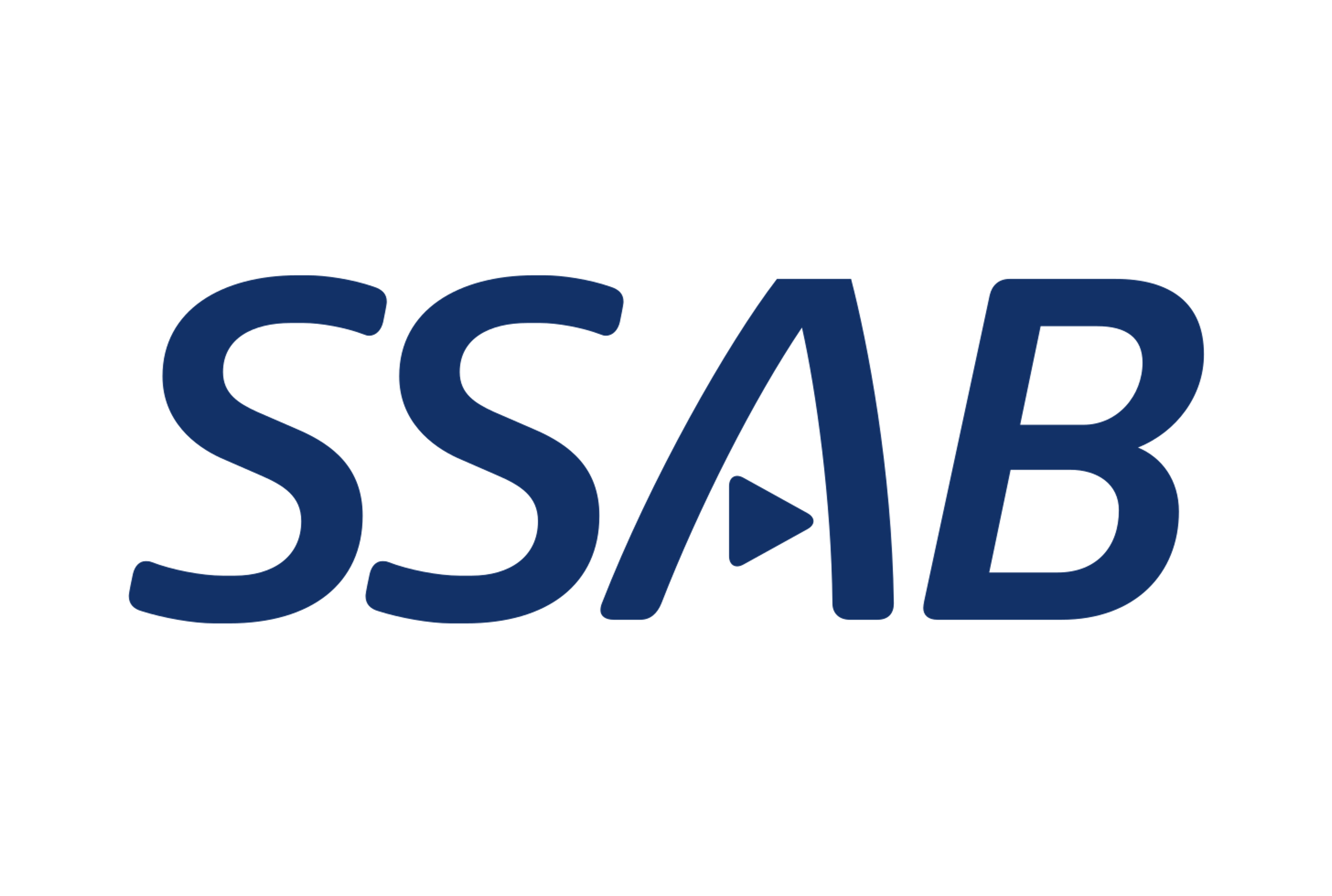Analysis

September 2, 2020
Spending on New Homes in July Offset by Weak Nonresidential Construction
Written by Sandy Williams
Construction spending slid in July for both public and private nonresidential construction, says the Associated General Contractors of America in their latest analysis of government data. The decline contrasted a surge in construction spending for new homes in July.
“The dichotomy between slumping nonresidential projects—both public and private—and robust homebuilding seems sure to widen as the pandemic continues to devastate state and local finances and much of the private sector,” said AGC Chief Economist Ken Simonson. “Without new federal investments in infrastructure and other measures to boost demand for nonresidential construction, contractors will be forced to let more workers go.”
Construction spending gained just 0.2 percent from June to July, for a seasonally adjusted annual rate of $1.36 trillion. The 1.2 percent decline in nonresidential spending nearly canceled out a 2.1 percent gain in residential spending, said AGC.
Public construction fell 1.3 percent as its three largest segments posted declines. Spending for highway and street construction fell 3.1 percent, educational construction 3.0 percent, and transportation facilities 1.6 percent.
Private nonresidential construction slipped 1.0 percent from June to July. Power construction, the largest segment, edged downward 0.1 percent. Commercial construction—comprising retail, warehouse and farm structures—dropped 3.2 percent, while manufacturing construction rose 0.2 percent and office construction fell 0.7 percent.







